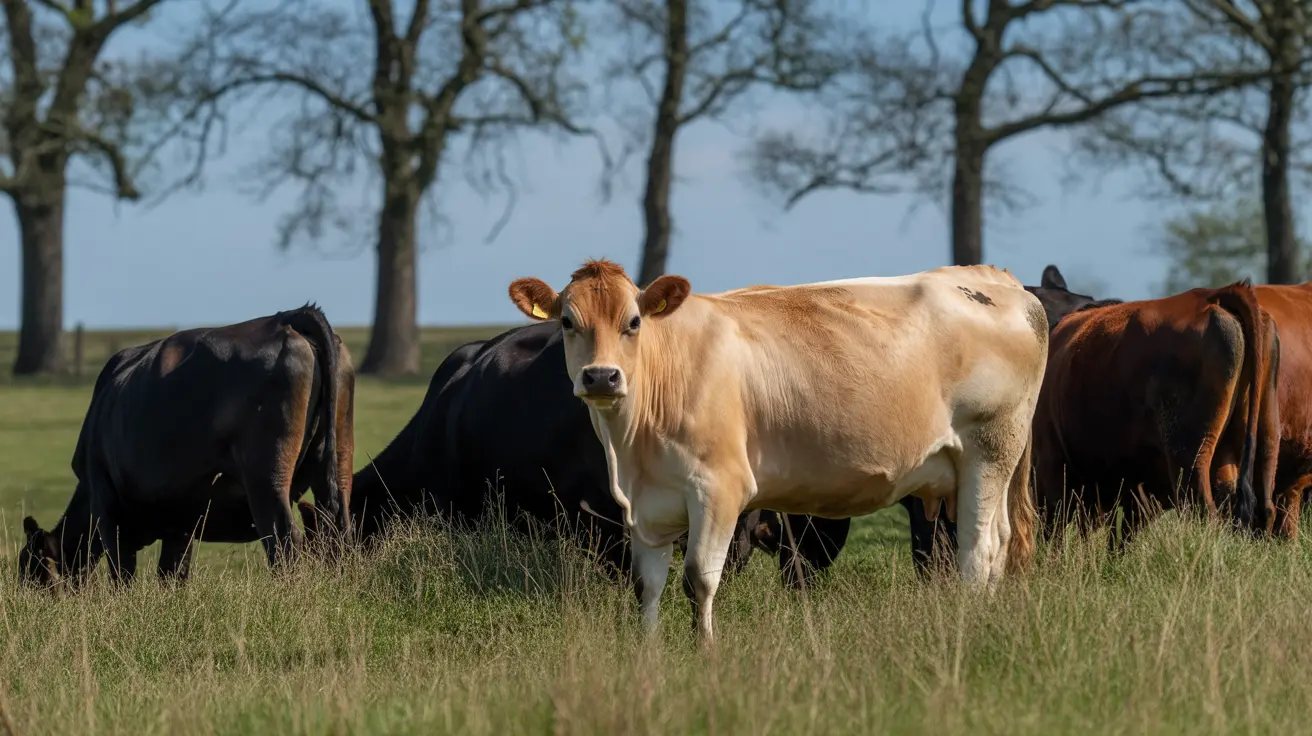The Calm and Gentle Nature of the Afghan Hound
The Afghan Hound is a striking dog breed known not only for its elegant appearance but also for its calm and gentle temperament. Originating from the cold, mountainous regions of Afghanistan, the Afghan Hound was initially bred for hunting but has evolved into a beloved companion and show dog. Its distinct personality makes it suitable for experienced dog owners seeking a loyal and serene pet.
Breed Origins and History
The Afghan Hound is a
basal breed, meaning it predates many modern dog breeds. It shares a close ancestry with breeds like the
Saluki and the
Taigan, reflecting deep historical roots across Central Asia and the Middle East. Brought to England in the 1800s, Afghan Hounds were once referred to as Persian Greyhounds. The breed's modern standard was codified in 1948 by blending the Bell-Murray (steppe type) and Ghazni (mountain type) strains.
Physical Appearance
Afghan Hounds are medium-large dogs standing between 24–29 inches (61–74 cm) tall and weighing 44–60 pounds (20–27 kg). They are renowned for their:
- Thick, fine, silky coat that can come in any color
- Long topknot and a shorter-haired saddle
- Distinctive curled tail
- Elegant bone structure with prominent hipbones
These features were developed to promote agility and protection in harsh climates.
Temperament and Behavior
Afghan Hounds are noted for their
dignified and aloof disposition. Unlike more exuberant breeds, Afghan Hounds tend to be cat-like in their independence and awareness. With people they trust, especially their family, they can show a
sweet and even clownish streak. They are:
- Quiet and calm indoors
- Aloof with strangers but loyal to family
- Independent and sometimes stubborn
- Intelligent but not easily trainable
Despite ranking low in obedience intelligence, which means they require repeated training, Afghan Hounds respond to
positive reinforcement and consistency.
Exercise and Energy Levels
Although calm indoors, Afghan Hounds have high physical needs due to their hunting ancestry. Recommended activities include:
- Daily walks or runs totaling at least 2 hours per day
- Lure coursing, hiking, and swimming
- Access to fenced-in areas for safe off-leash play
Their high prey drive makes them unsuitable for off-leash activities in unconfined spaces.
Grooming and Care
One of the most demanding aspects of Afghan Hound ownership is grooming. Their fine-textured coat requires:
- Brushing multiple times a week to prevent matting
- Regular bathing and blow-drying
- Cleansing of ears to prevent infection
- Possible coat clipping for lower maintenance
Their coat contributes to their reputation as a
hypoallergenic breed.
Health Considerations
Afghan Hounds typically live up to
12–14 years, but like all breeds, they face particular health issues such as:
- Chylothorax – a potentially fatal chest fluid condition
- Hip dysplasia and hypothyroidism
- Juvenile cataracts and retinal atrophy
- Skin conditions including demodectic mange
Testing hips, eyes, and thyroids is recommended before breeding. They are also sensitive to anesthesia and prone to
gastric torsion (bloat), necessitating careful meal scheduling and possibly preventative surgery.
Diet and Nutrition
A high-quality, protein-based diet is essential. Guidelines include:
- Feeding 2 to 2.5 cups of dry food in two meals daily
- Avoiding exercise immediately before and after meals
- Providing plenty of fresh water
- Managing weight proactively to avoid obesity
Training and Socialization
Training requires
patience and creativity. Afghan Hounds do not respond well to harsh disciplinary methods. Best practices include:
- Early socialization with people and other dogs
- Clicker training or treats for positive reinforcement
- Short, engaging training sessions
- Consistency and calm demeanor from the trainer
Notable Facts and Pop Culture Presence
Afghan Hounds have long been admired for their beauty:
- Zardin, a dog imported from India in 1907, became an early breed standard
- First cloned dog, Snuppy, was an Afghan Hound
- Featured in literature, films, and even Pablo Picasso's art
Conclusion
The Afghan Hound is not just a symbol of elegance but also a dog with a calm, gentle spirit. While they demand effort in grooming and exercise, their quiet loyalty and unique demeanor make them a cherished breed. Experienced dog owners who appreciate independence and are willing to invest time in care and training will find the Afghan Hound a rewarding companion.





